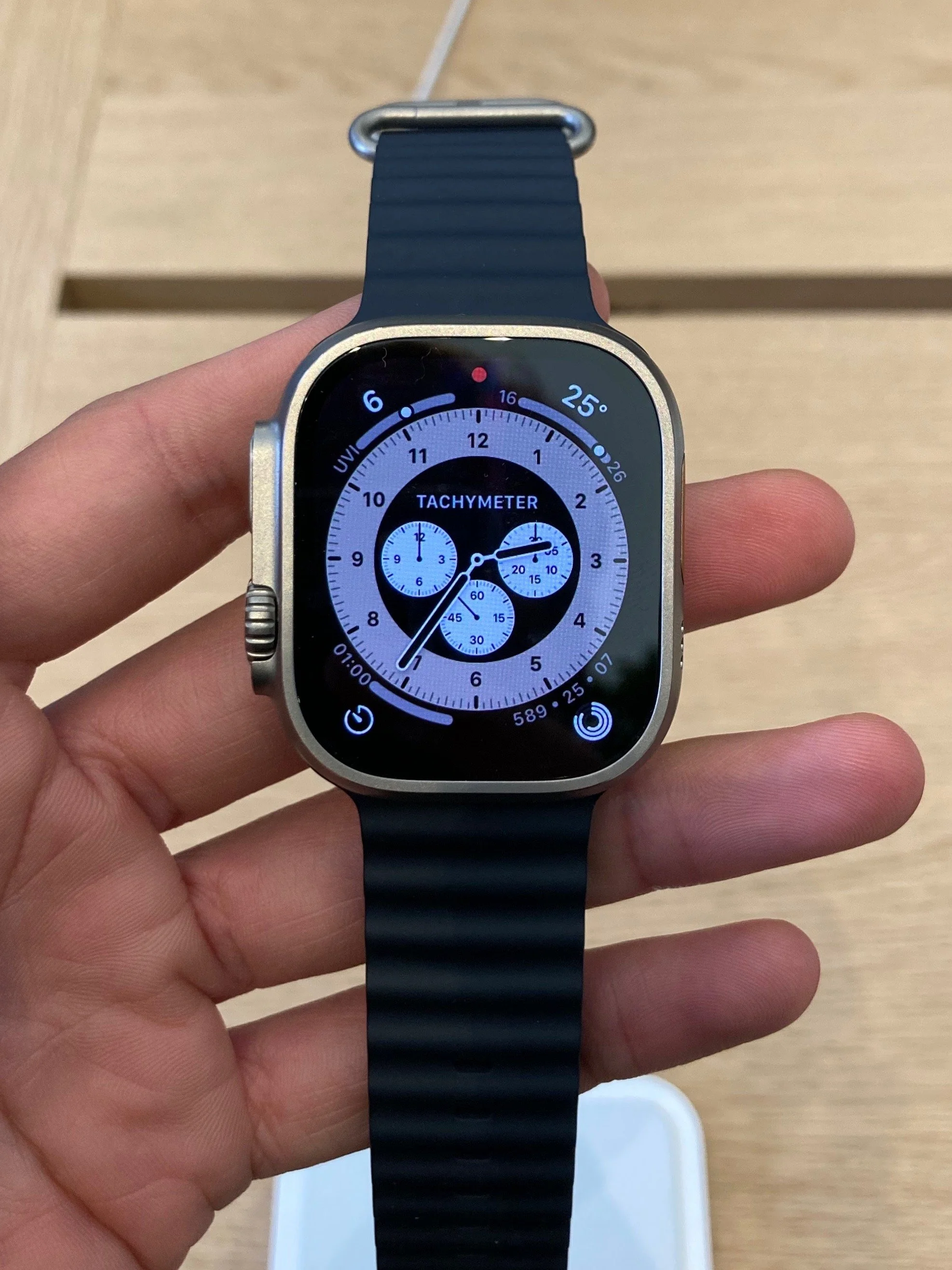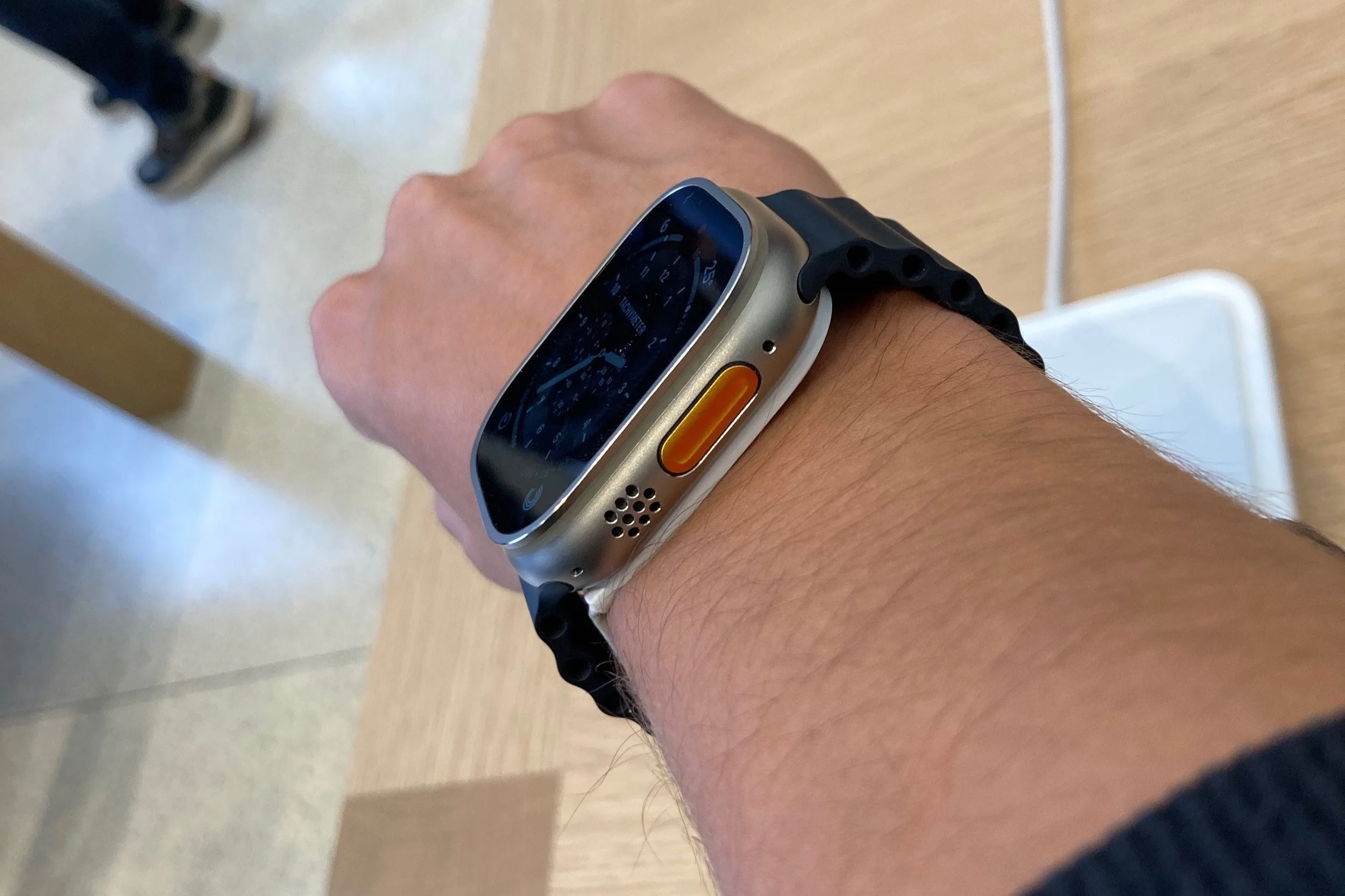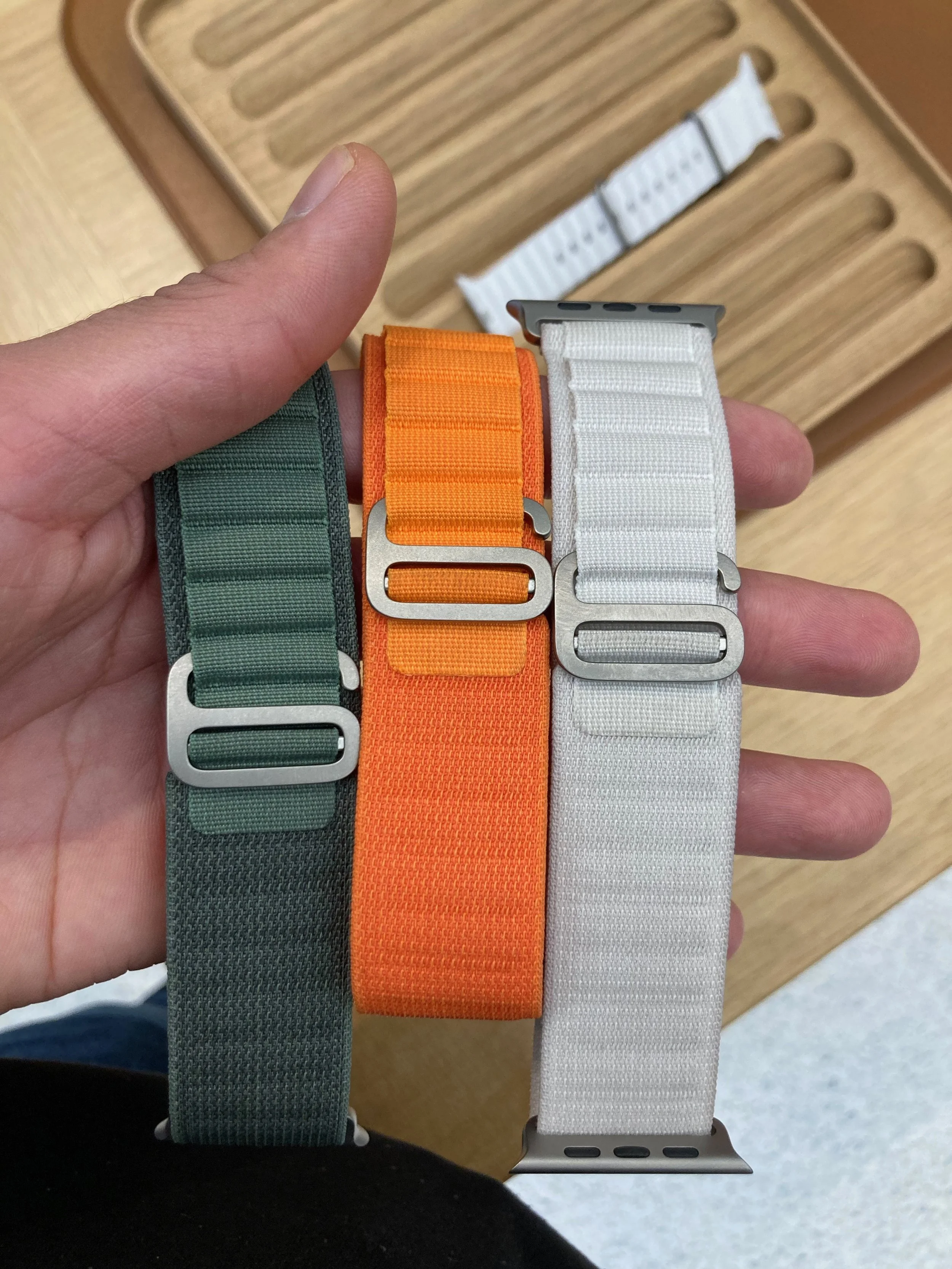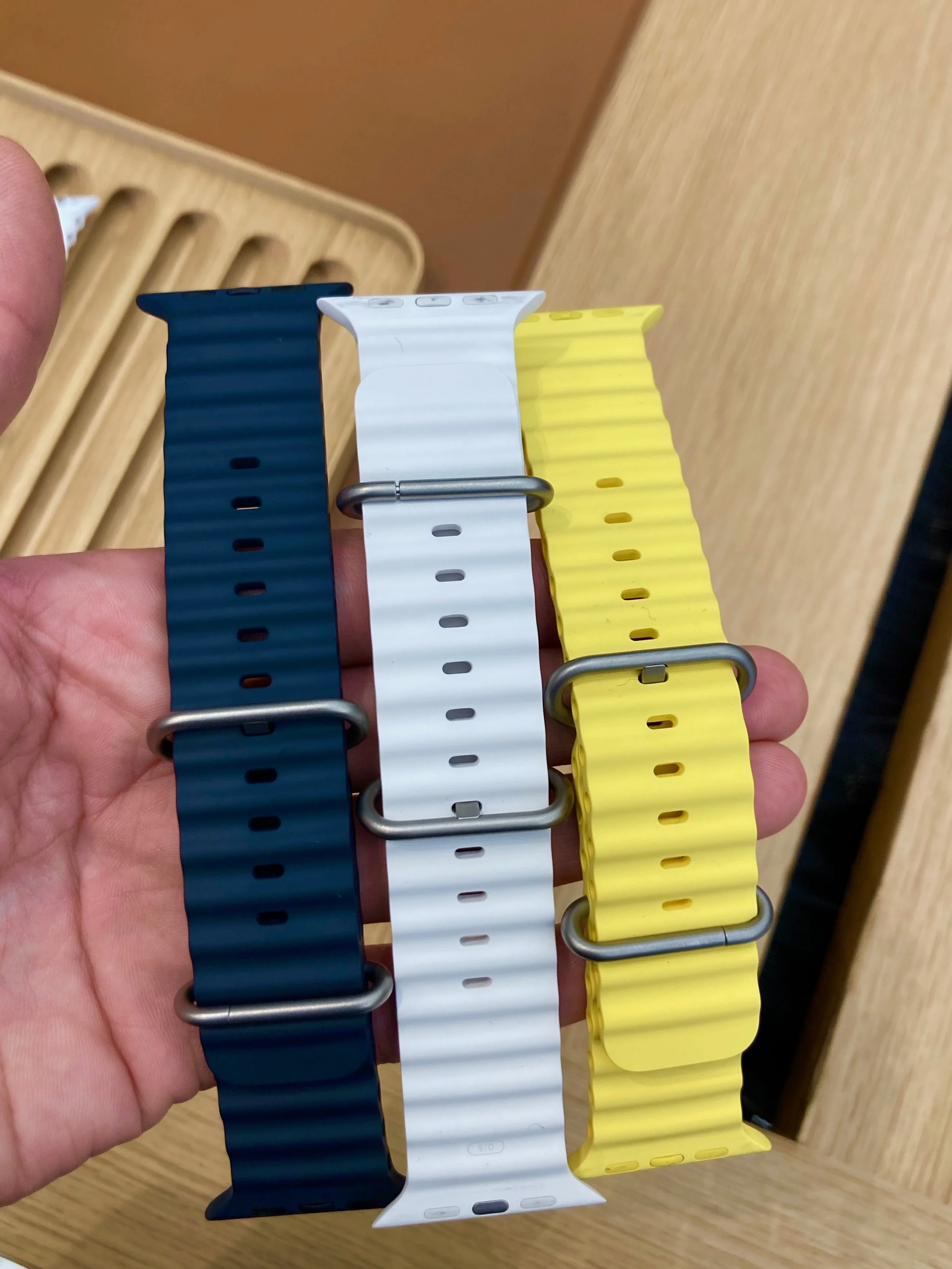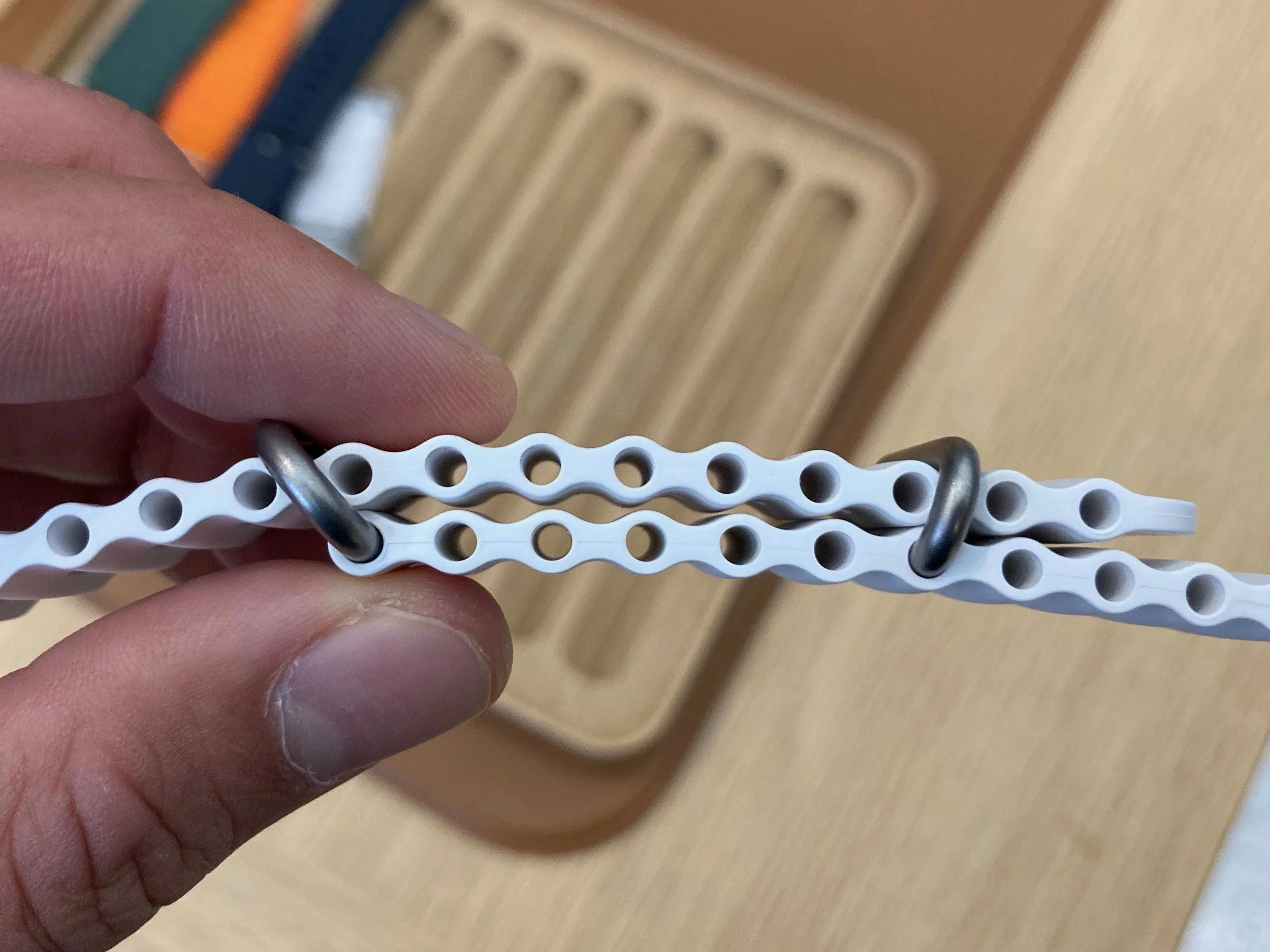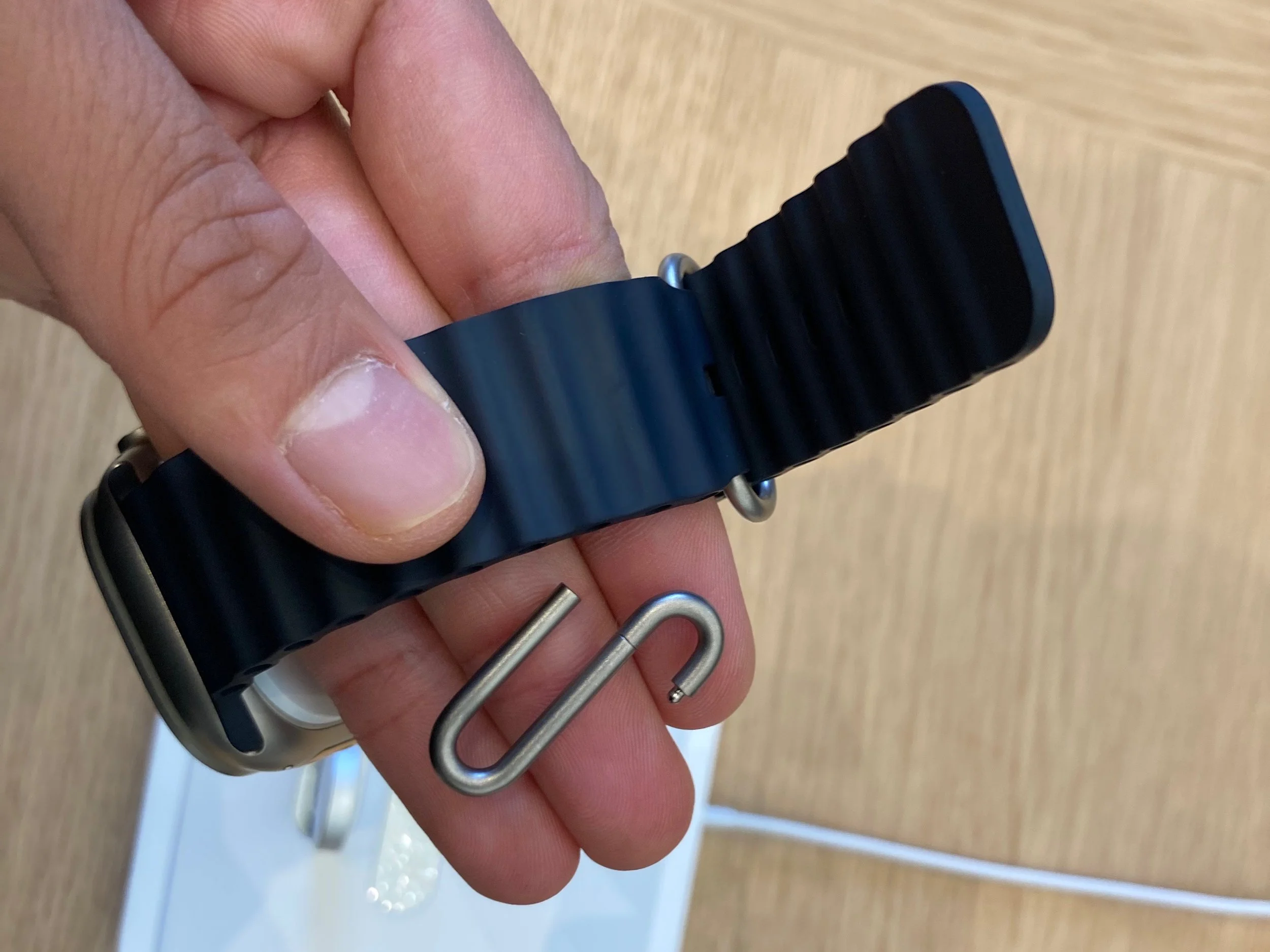Hands-On: Apple Watch Ultra
Imagine working your way up a mountain, enveloped in a thick mist, in another realm, finally away from it all, finally in your own calm quiet bubble… and… BZZZ! A notification from your watch: 2emails, 8likes, maybe a missed-call, or even a warning that your blood-oxygen is low, and that you’re in a new heart rate zone.
This nonsense is what I first imagined when I heard rumors that Apple were planning to create a version of the Apple Watch which would be rugged and rough, capable of endurance sports and off-piste exploits. Although, after getting a hands-on with Apple’s new toy, I am a little bit more optimistic about what the new ‘Ultra’ means, not only for the watch-enthusiast world, but also for our love of the outdoors at large.
First thing’s first. People have been calling the Apple Watch Ultra ‘the first smart tool-watch’… it’s not. Dive computers are probably the first ‘smart’ tool-watches, and the likes of Garmin have been doing rugged activity trackers away from both the watch-enthusiast and Apple-fanboy crowds for ages. But this is the first Apple version of a smart tool-watch, and the mighty backing of their brand-kudos says something about the nature of such a kind of watch and the activities associated with them - why have apple made the Ultra? I believe the decision is the result of a new post-pandemic crowd of ‘great-resigners’ and ‘cold-quitters’ who have come to the realisation that going outdoors and getting dirty is a human necessity, or as John Muir put it “going to the mountains is going home”.
Now, reader, create an image in your mind of a mobile phone…
I would bet that you imagined an iPhone; but even if you didn’t, iPhones make up the majority of phones owned and used in the US, and Apple has sold over a billion of them worldwide. But the iPhone obviously wasn’t the first smartphone, but in being the first Apple smartphone, it has dominated the industry such that the iPhone takes on the common conception of a smartphone - the most widely used, maybe even its platonic ideal.
There’s therefore something to be said for the fact that Apple has decided to make such a product as a smart tool-watch. I believe this will set one of two possible precedents moving forward. Either, being optimistic, buyers will go outdoors and do gnarly stuff like climbing mountains and scuba-diving in the more commonplace way we all go on our phones today. In other words, we’ll buy the Ultra because we value a bit of true outdoorsiness. Or, pessimistically, most people who purchase the Ultra won’t ever really use it for what it’s intended and the Apple Watch Ultra will be plagued by the same tragedy as the modern Rolex Submariner - often worn at desks but seldom under the sea.
hands on
What struck me first when I got a hands-on with the Ultra was it’s size. The thing is broad, sizing-up at a whopping 49mm. But, a watch’s size is the kind of measurement which means quite little, since the dimensions of the Ultra make it fit smaller than the specs. On the wrist, its size is comparable to a classic tool-watch of 40-42mm. The fact that it’s all-screen makes the difference - there’s no kind of ‘step’ to frame the dial and thus it appears smaller (the bezel of a watch is what usually achieves this effect, but there is none here). The second thing to strike me was the weight. For a watch whose case is titanium, the Ultra is surprisingly hefty. Both the size and weight give the watch a kind of clumsiness that doesn’t seem ideal for an everyday go-anywhere-do-anything tool watch. This being said, my wrists are a measly 6.5 inches in circumference, so the Ultra might be better suited to sturdier wrists. I hope (and predict) that Apple will release a smaller version of the Ultra in good time.
The main selling points for this watch, congruent with the vibe of the tool watch in general, are the features rather than the object; the software rather than the hardware. There’s so many applications that I’m not too interested in listing them all here, but notable functions include a customisable button able to be set to a whole host of commands, an emergency siren and a depth gauge (yes, this is a fully-fledged dive computer!).
The final thing I’d like to mention about the Ultra, and something applicable to the mechanical watch industry at large, is its straps. The strap options for the Ultra are unbelievably good, and the watch industry in general ought to take note. First is a velcro strap not dissimilar to the ones already offered with other Apple Watch models. What is new is a field-style nylon strap with a ‘6’-shaped buckle (also in titanium) which locks the strap to the wrist. The buckle of this strap, by the way, looks suspiciously similar to the arabic numerals on a Rolex Explorer 1 from the 90’s onwards. Then there’s a dive-ready rubber strap, with titanium buckle and keeper, featuring ridges that allow for a stretch-fit that also act as sizing increments. Anyone familiar with the previous or other current Apple Watches in the lineup will know I’m not lying when I say that all three straps wear delightfully on the wrist.
To finish, something which comes under the realm of ‘tool watch-lore’ is the military watch. We think of the Rolex Submariner reference 5517 or the Tudor Submariners made for the French Navy; ‘mil-spec’ dive watches literally build to withstand the conditions of war. These are rugged and rough tools, but taken to the next level, featuring fixed spring-bars, thus exclusively offered on nato straps. Thinking of Apple, I am reminded that some militaries have used the iPhone strapped to the chest with a special mount. With this I ask: could the new Apple Watch Ultra become the reinvigoration of the military watch? Will nations adopt the Ultra for military use? I sincerely hope to avoid war as much as possible, but the new Ultra does seem like a useful tool in that domain.

